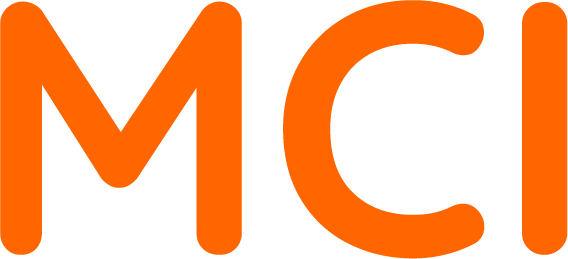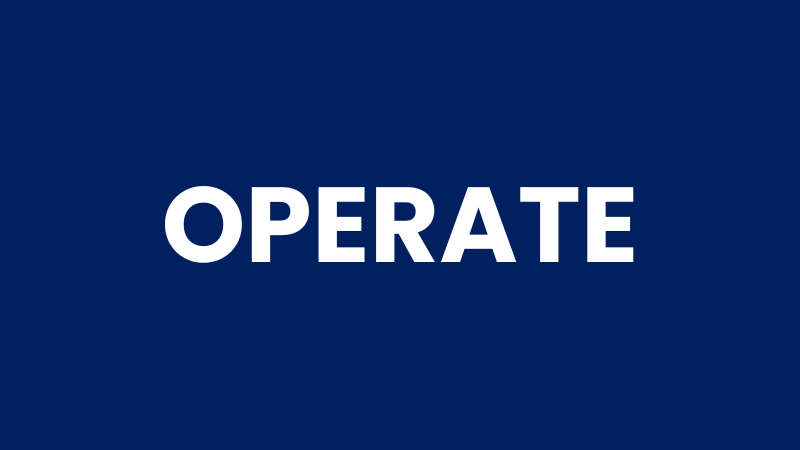In today’s digital world, inboxes are overflowing, and voicemail greetings are becoming a lost art. Cutting through the noise and getting someone to actually answer your outbound call can feel like an uphill battle. But fear not! There’s a powerful weapon in your arsenal that can dramatically increase response rates and turn those cold calls into warm conversations: personalization.
This guide dives deep into the world of personalized outbound calls, revealing the secrets to crafting genuine connections and captivating your audience right from the first “hello.” We’ll explore how to leverage data and insights to tailor your approach, ditch the robotic scripts in favor of authentic conversations, and ultimately, turn those unanswered calls into successful interactions.
So, get ready to transform your outbound calling strategy and watch your response rates soar!
Understanding the Value of Personalized Outbound Calls
Personalized outbound calls are valuable because they create a more meaningful connection with customers. When we tailor our communication to each person’s specific needs and preferences, we demonstrate that we care. This personal touch helps build trust and loyalty, which increases the likelihood of a positive response.
Customers are more likely to engage when they feel understood. Generic, scripted calls often come across as impersonal and may even discourage further interaction. On the other hand, personalized calls consider the customer’s history, preferences, and previous interactions. This relevance makes our messages more compelling and harder to ignore.
Not to mention, personalized calls can set us apart from competitors. Many companies still rely on generic call scripts, so taking the extra step to personalize puts us ahead. It shows our dedication to providing exceptional customer service. Overall, personalized outbound calls offer a significant advantage in boosting response rates and fostering long-term relationships.
Key Elements of a Successful Personalized Call
Creating a successful personalized call involves several key elements. First, addressing the customer by their name instantly makes the interaction more personal. This simple act sets a friendly tone for the conversation and shows respect.
Understanding the customer’s history is also crucial. We should reference their past interactions with us, whether they’ve made previous purchases or inquired about specific services. This shows that we have done our homework and are genuinely interested in their unique needs.
Active listening is another important element. During the call, we should pay close attention to what the customer says. This helps us respond appropriately and address their concerns more effectively.
Finally, follow-up actions are essential for success. After the call, sending a personalized email or message summarizing the discussion and next steps can reinforce our commitment to the customer. By including these key elements in our calls, we create a more engaging and effective communication experience.
Best Practices for Personalizing Outbound Calls
Personalizing outbound calls requires careful planning and execution. Here are some best practices to help us get it right:
1. Gather Relevant Information: Before making the call, we should collect all available data about the customer. This includes their purchase history, preferences, and any previous interactions. Having this information at our fingertips allows us to tailor the conversation to their specific needs.
2. Use a Friendly and Approachable Tone: Our tone sets the stage for the entire call. Speaking in a friendly and approachable manner helps put the customer at ease and makes the conversation more engaging.
3. Ask Open-Ended Questions: Asking open-ended questions encourages the customer to share more about their needs and concerns. This information is invaluable for personalizing our offers and solutions.
4. Show Empathy and Understanding: Empathy goes a long way in building rapport. Acknowledging the customer’s feelings and concerns shows that we genuinely care.
5. Be Flexible: While having a script can be helpful, we should be willing to deviate from it. Being adaptable allows us to respond more naturally to the customer’s needs.
By incorporating these best practices, we can make our outbound calls more personalized and effective, ultimately increasing our response rates.
Measuring the Impact of Personalized Outbound Calls
To understand the effectiveness of our personalized outbound calls, we need to measure their impact. Tracking key metrics helps us see what’s working and where we can improve.
1. Response Rate: The response rate is a primary indicator of success. It measures the percentage of customers who engage with our calls. A higher response rate suggests that our personalization efforts are paying off.
2. Conversion Rate: This metric shows how many of our calls result in a desired action, such as making a purchase or scheduling a follow-up. Monitoring the conversion rate helps us assess the overall effectiveness of our calls.
3. Customer Feedback: We should regularly seek feedback from customers. Asking them about their experience and how we can improve helps us refine our approach.
4. Retention Rates: Personalized calls can also impact customer retention. We should track how many customers continue to do business with us after receiving a personalized call.
By continuously monitoring these metrics, we can adapt our strategies to maximize the benefits of personalized outbound calls.
How Personalized Outbound Calls Can Break Through the Noise
Personalized outbound calls offer a unique opportunity to connect with customers on a deeper level. By understanding their needs, addressing them with empathy, and measuring our success, we can increase response rates and build stronger relationships.
At MCI, we specialize in creating effective, personalized call strategies. Let us help you enhance your customer engagement and boost your response rates. Contact our team today to learn how we can support your efforts in delivering personalized outbound call services!





















